One Dead Indian (2006)
ジャンル : 履歴, ドラマ
上映時間 : 1時間 30分
演出 : Tim Southam
シノプシス
Stoney Point Natives assemble at Ipperwash Provincial Park for what began as a peaceful protest.

The dead are coming back to life outside the isolated Mi'kmaq reserve of Red Crow, except for its Indigenous inhabitants who are strangely immune to the zombie plague.
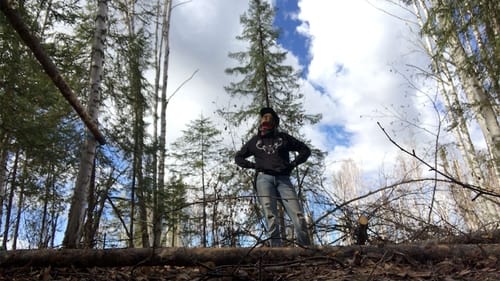
Filmmaker/activist Melaw Nakehk’o has spent the pandemic with her family at a remote land camp in the Northwest Territories, “getting wood, listening to the wind, staying warm and dry, and watching the sun move across the sky.” In documenting camp life—activities like making fish leather and scraping moose hide—she anchors the COVID experience in a specific time and place.
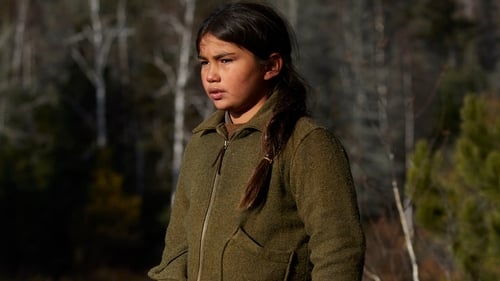
Follows the life of Native Canadian Saul Indian Horse as he survives residential school and life amongst the racism of the 1970s. A talented hockey player, Saul must find his own path as he battles stereotypes and alcoholism.

ノバスコシア州の社会から孤立した地域。そこで産業廃棄物の影響に苦しむ住民が現状に至るまでの歴史を赤裸々に語り、問題解決のために政府と闘う姿に迫る。
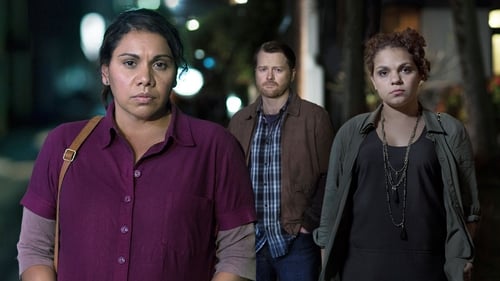
Two young women are raped on their way home. The story follows the lives of both women and the different ways they deal with the crime.
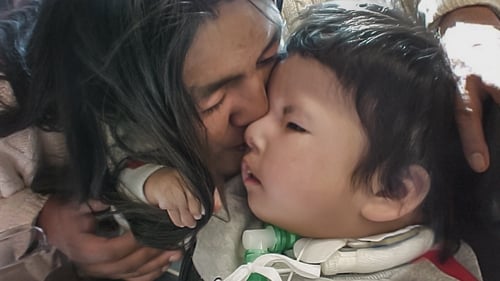
The story of a young boy forced to spend all five years of his short life in hospital while the federal and provincial governments argued over which was responsible for his care, as well as the long struggle of Indigenous activists to force the Canadian government to enforce “Jordan’s Principle” — the promise that no First Nations children would experience inequitable access to government-funded services again.

Discharged from Bosnian war, Johnny carries the weight of this war on his shoulders. He left the war with a dark and frightening secret, the murder of a young boy that haunts him. But Johnny carries many demons. The death of his father, running from his destiny as Chief of the Band and abandoning the love of his life. Nevertheless, Johnny must return home, the wolf spirit has called. Upon his return, he finds a new war. His estranged brother is leading his people in a revolt to save their sacred land. Johnny faces a dilemma; does he fight to save his people, or does he save himself? His journey will guide him to realizing that they are the same. In a blink, his world changes and in death, his brother guides him on a spirit walk to meet his destiny as leader of his people.
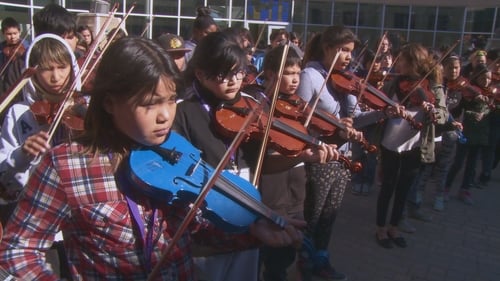
Legendary documentary filmmaker Alanis Obomsawin provides a glimpse of what action-driven decolonization looks like in Norway House, one of Manitoba's largest First Nation communities.

Incident at Restigouche is a 1984 documentary film by Alanis Obomsawin, chronicling a series of two raids on the Listuguj Mi'gmaq First Nation (Restigouche) by the Sûreté du Québec in 1981, as part of the efforts of the Quebec government to impose new restrictions on Native salmon fishermen. Incident at Restigouche delves into the history behind the Quebec Provincial Police (QPP) raids on the Restigouche Reserve on June 11 and 20, 1981. The Quebec government had decided to restrict fishing, resulting in anger among the Micmac Indians as salmon was traditionally an important source of food and income. Using a combination of documents, news clips, photographs and interviews, this powerful film provides an in-depth investigation into the history-making raids that put justice on trial.


In this era of “reconciliation”, Indigenous land is still being taken at gunpoint. INVASION is a new film about the Unist’ot’en Camp, Gidimt’en checkpoint and the larger Wet’suwet’en Nation standing up to the Canadian government and corporations who continue colonial violence against Indigenous people. The Unist’ot’en Camp has been a beacon of resistance for nearly 10 years. It is a healing space for Indigenous people and settlers alike, and an active example of decolonization. The violence, environmental destruction, and disregard for human rights following TC Energy (formerly TransCanada) / Coastal GasLink’s interim injunction has been devastating to bear, but this fight is far from over.

Told from the Native American perspective, this documentary will uncover the dark history of the U.S. government and will give a voice to the countless Indian children forced through the system.

An Inuit youth trains to become a great archer in hopes of avenging the killing of his family – but the First Nations attackers were punishing a previous Inuit wrongdoing. Who will end the cycle of violence? THE WHITE ARCHER is an Inuit legend inspired the late James Houston’s beloved children’s book. In Canada’s High Arctic hamlet of Pond Inlet, his son John weaves outdoor adventure and local theatre into a story for all ages.

In this follow-up to his 2003 film, Totem: the Return of the G'psgolox Pole, filmmaker Gil Cardinal documents the events of the final journey of the G'psgolox Pole as it returns home to Kitamaat and the Haisla people, from where it went missing in 1929.

Mavis Dogblood is a Mohawk painter from Canada haunted by the tragic death of her husband, who was hit by lightning. She paints the stories he used to tell her, but she can’t come to grips with her loss. It is only after she drives to New York City for an art opening, traveling across what were her ancestors’ tribal lands, that Mavis reconciles herself to her new life.

A journey by canoe into the city creates a dynamic interconnection between natural and urban spaces, in this evocative short set to a hypnotizing soundtrack by Inuk artist Tanya Taqaq.

Interviews and archival footage profile the life of Dennis Banks, American Indian Movement leader who looks back at his early life and the rise of the Movement.

A new songline for 21st century Australia - a fresh look at the Cook legend from a First Nations' perspective - the songline tells of connection to country, resistance and survival and features the cheeky, acerbic and heartfelt showman - Steven Oliver and a host of outstanding, political Indigenous singer/songwriters.















